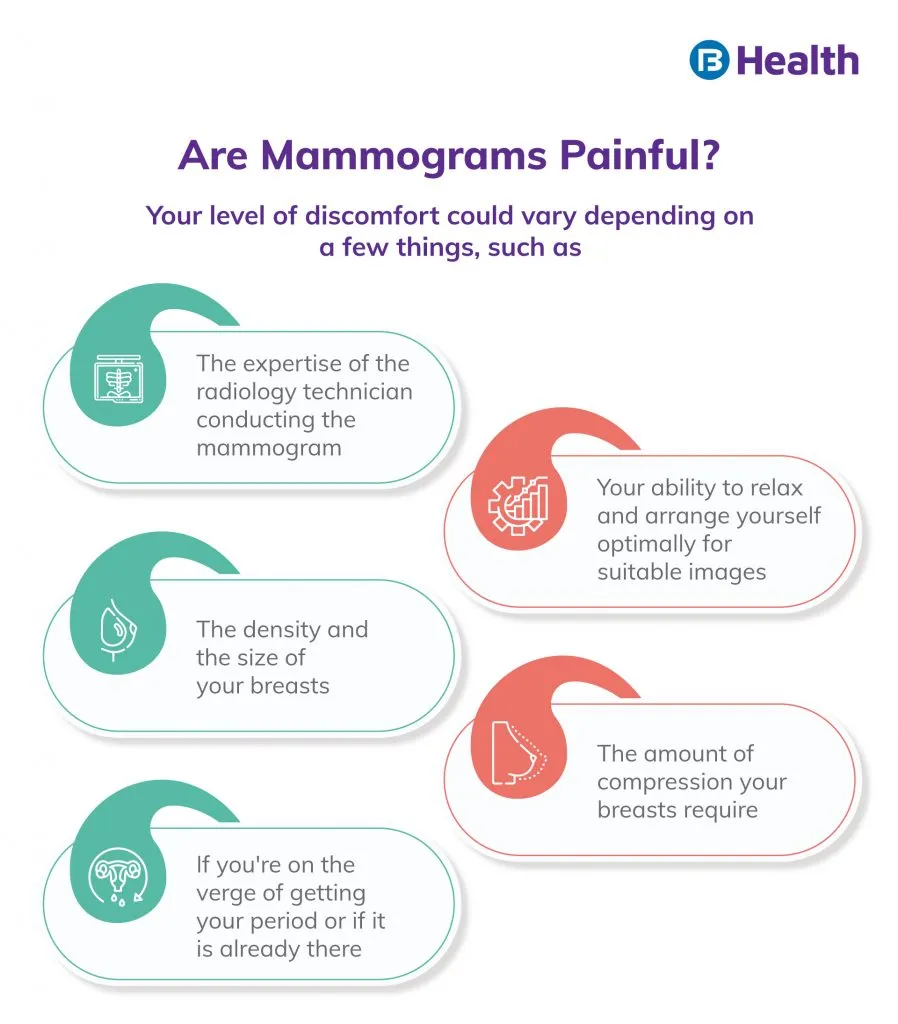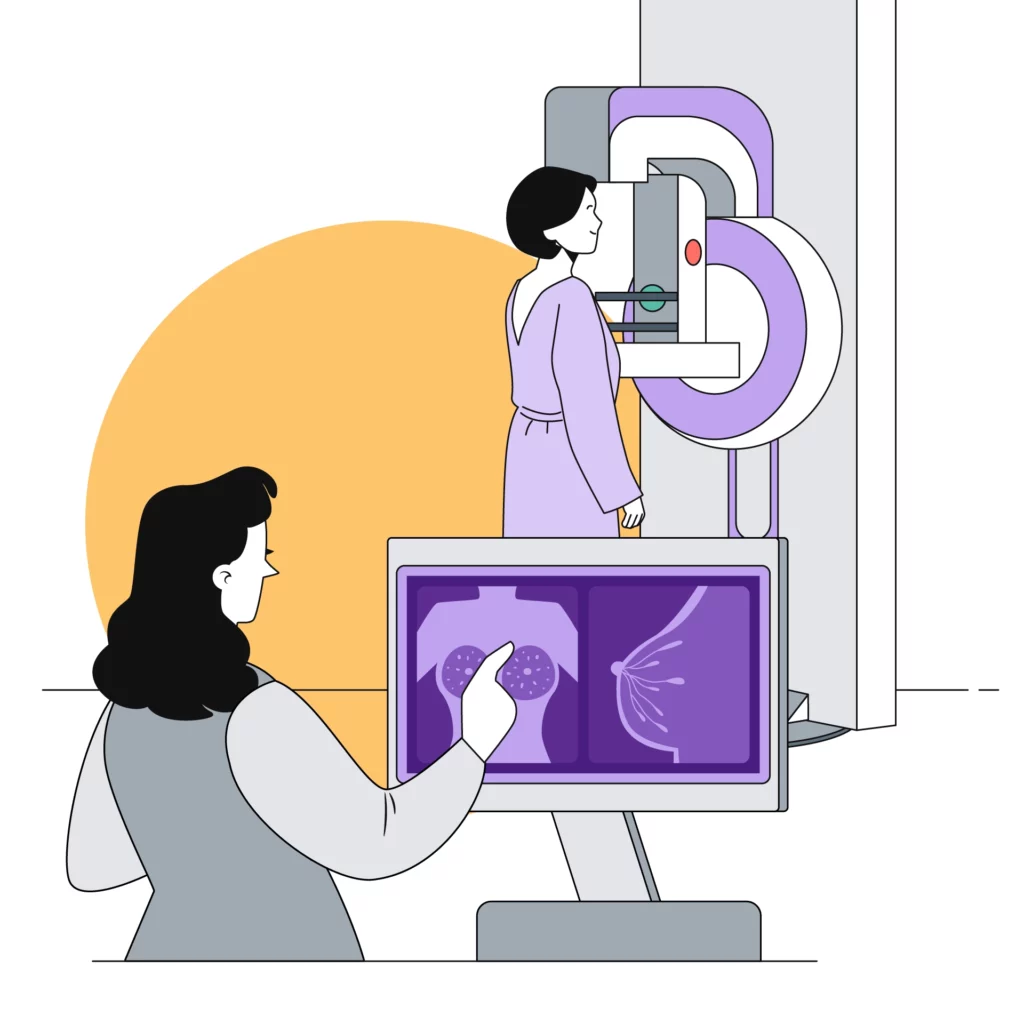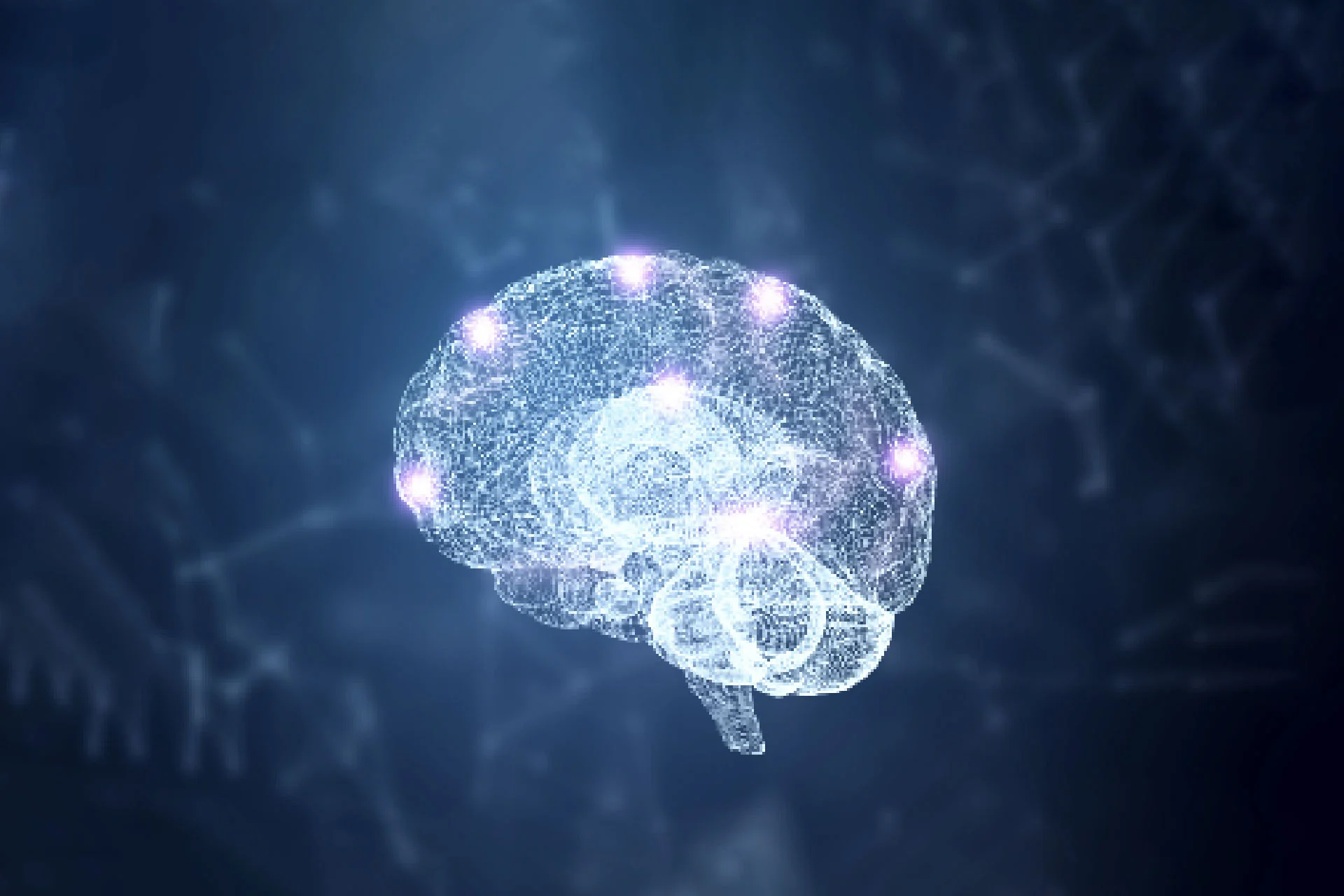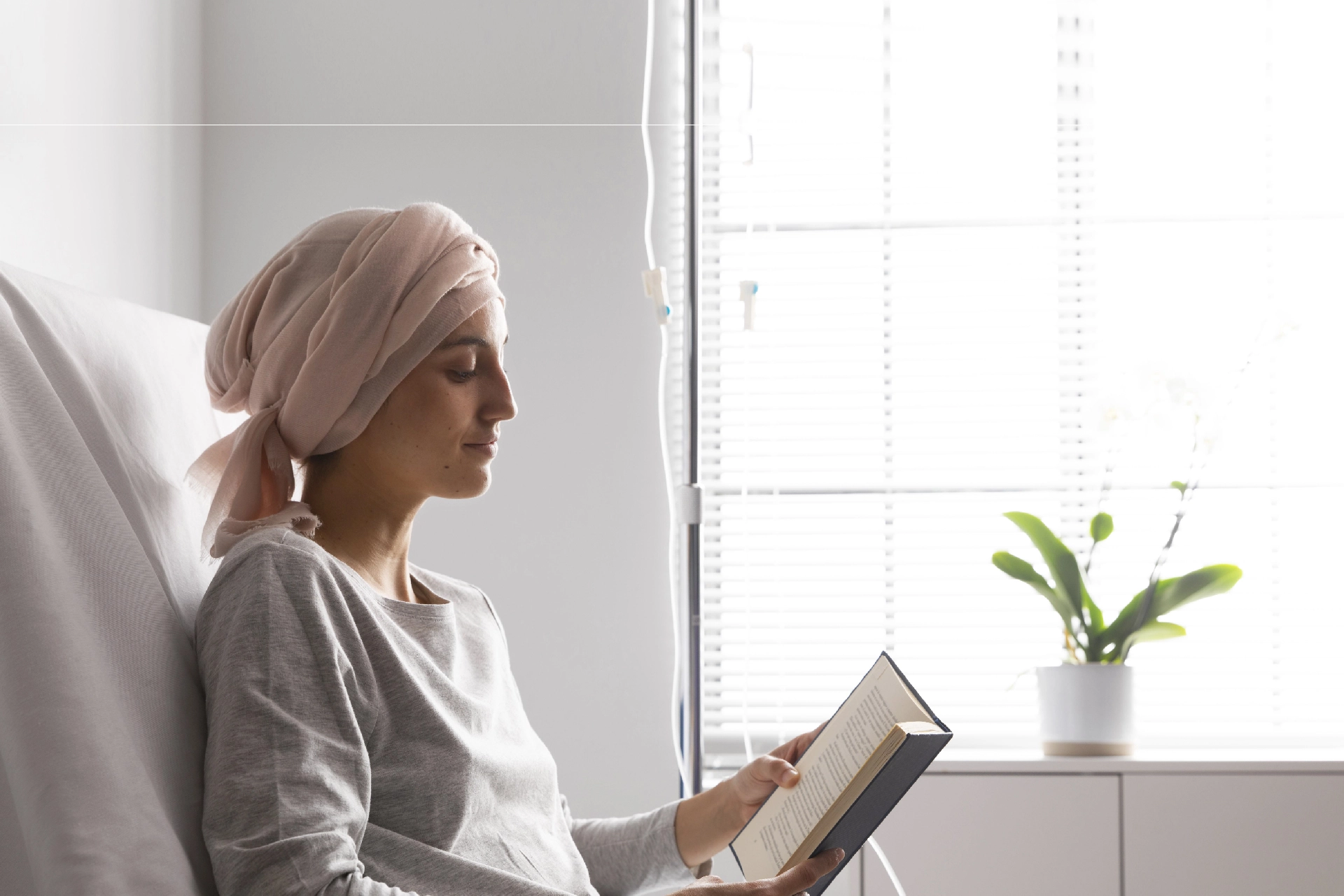Cancer | 7 min read
Everything you Need to Know About a Mammogram
Medically reviewed by
Table of Content
Synopsis
Mammograms are a test that is a prerequisite in the process of diagnosing breast cancer. There are two types of Mammograms. One is a screening mammogram, and the other is a diagnostic mammogram.
Key Takeaways
- Breast cancer is known to be the most commonly occurring type of cancer in women
- A mammography test is x-rays of your breast taken from different angles to identify tumors
- Maintaining a good lifestyle with the help of a balanced diet and regular exercise reduces the risk of developing this
What is Mammogram?
A mammogram is a screening procedure that can detect and locate any sort of lumps, tumours, or abnormalities in the tissues of your breast. It is the first step in the process of diagnosing cancer in your breast. Next, the doctor would ask you if you did a self-examination. Before the screening test, performing a self-examination regularly at home is crucial to sense an abnormality on your end. The process of a mammography test is that there are x-ray images taken from various angles to know how intense the anomaly is. If you have undergone any other medical procedure on your breast, you would have to take a diagnostic mammogram which means a more extensive breast screening. In this, the radiologist would take more x-rays and capture the breasts from multiple angles to identify the anomaly. In this procedure, the radiologist magnifies certain areas of the breast in the x-rays to understand the affected regions specifically. Mammogram examinations generally take 30-40 minutes to complete, and this procedure is not affected by breast size or any other factor [1]. There is usually a question that goes around about whether mammograms are painful or not. The procedure is not generally painful except for the slight discomfort one might feel due to the compression of the breast in order for the tissues to expand.
Mammogram Procedure
A mammogram starts with you having to change into a smock, a gown-like dress that ties or wraps near the neck in a way that exposes your breast appropriately to make the examination. You might have to stand or sit for the procedure depending on the facilities and the equipment set in the testing centre. Once the procedure starts, each breast is placed in an x-ray plate, and a compression plate presses the breasts intending to expand the tissues. This is done to get a clearer view of the tissues in the x-ray. It is recommended that you hold your breath while this happens to reduce discomfort and make the compression easy. There is always a possibility for some discomfort. However, it is for a very short period of time. A recommendation would be to schedule the mammogram 10-12 days post your period. That is the time when your breasts would be the least sensitive. This way, the discomfort during your mammogram would be reduced to a great extent.
Additional Read: Types of CancerWhat Are the Uses of Mammogram?
The following are the uses of a Mammogram:
- To detect lumps in the armpits or breast (axillary mass)
- To identify swelling or thickening of breast muscles/tissues
- To detect dimpling of the breast skin
- Understand increased heaviness or enlargement of one breast
- Detect itchy and scaly breasts
- To understand the cause of nipple retraction
- To understand rash or irritation in the breast or nipple
Side Effects and Contraindications of Mammogram
- One of mammogram side effects is that it exposes women to radiation (even though a small amount). This opens a wide arena of risks for women. There are cases where women develop radiation-induced breast cancer
- There have also been cases where breast implants rupture in case of implanted breasts which is why the radiation technician needs to know that you have implants
- There has been a correlation between breast size and the risk of breast cancer. The bigger the breasts, the higher the dose of radiation needed to cover the tissues
- Although given the above risks, it is important to take a mammogram screening test on a regular basis as a routine check-up because nothing can beat early detection of cancer. The early detection of cancer improves the chances of treatment success.
- If there comes a need for a pregnant woman to undergo the procedure of a mammogram, it should be avoided until the delivery is done. However, if it is absolutely necessary to carry out the procedure before delivery, the experts at the testing labs provide a lead apron for the patient to wear
- Everything in life carries risk, but that does not mean you shouldn't enjoy it. However, taking necessary precautions and paying attention to your health should be your priority

Mammography Test
It is important to know what a mammography test involves X Rays. In this procedure, the X-rays are converted into images using an imaging technique to capture the details of the breast in the examination. This process is done by compressing the breast between two firm plates, making it spread on the surface. It is important that the tissues spread out for the images to be more accurately captured.
These images are displayed on a monitor for the doctor to examine them closely for any abnormalities. The images resulting from a mammography test are what is called a mammogram.
Mammography Results
Once the mammography test is done, the doctor takes their time to read the images. This examination time might differ depending on the person and the situation. It often does not take more than a few days, and these results are shared with the healthcare provider.
The following categories can be found in the results
- Incomplete - This would require more tests to be done. This could also mean that the reports would have to be compared to previously taken mammograms
- Benign - This means that a non-cancerous finding has been made. This means that the abnormality was not malignant
- Negative - This means that there was no anomaly found at all. There were no suspicious calcifications
- Probably Benign - This usually calls for another mammography test. The meaning of this result is that it is 98% a non-cancerous finding, but for it to be proved, it needs to be observed over a period of time to know whether there have been any developments
- Suspicious abnormality - This means that the mammography did indicate something peculiar but did not have enough evidence to prove it to be malignant. This, too, might call for another test
- Highly suggestive of malignancy - This result is given only after a diagnostic mammogram. Malignancy is a term used to indicate the presence of cancerous cells. When it is detected, the doctors generally order a breast biopsy
- Known biopsy-proven malignancy - This result is used in mammography tests that are already under proven malignancy consideration. This result appears in a test taken after a breast biopsy where malignancy was proven

Types of Mammograms
There are two types of mammograms:
Digital mammography in 2D:
Two sets of images are taken. One is from the top, and one is from the side. It helps in efficiently detecting any calcifications. There is, however, a difference between digital and conventional mammography. The difference is that image is stored on a film in regular mammography, but in digital mammography, an electronic image is provided as a stored file.
Digital mammography in 3D (DBT):
A 3D mammography called Digital Breast Tomosynthesis(DBT) is a recent mammogram where each breast is compressed once, and the machine delivers multiple low x-ray doses as it moves in an arc over the breast. Then, the computer processes the image and shows a clear 3D image of the breast tissues.
The benefits of screening mammography are many, the biggest one being the early detection of cancer. This, if detected in an early stage, can be treatable. Cancer specialists say that even though there might be a slight risk of damage due to radiation exposure, one must get a yearly mammography test done, especially after age 40. Though mammograms are not painful, they can be a bit discomforting due to the compression. But since this is limited to a short period of time, the discomfort does not translate into pain.
In conclusion, there is no reason why you should not book an online doctor consultation. A bold step today will result in a better life tomorrow. Do not delay; book your oncologist consultation with Bajaj Finserv Health today!
References
- https://www.mdanderson.org/publications/focused-on-health/FOH-first-mammogram.h16-1589835.html
Disclaimer
Please note that this article is solely meant for informational purposes and Bajaj Finserv Health Limited (“BFHL”) does not shoulder any responsibility of the views/advice/information expressed/given by the writer/reviewer/originator. This article should not be considered as a substitute for any medical advice, diagnosis or treatment. Always consult with your trusted physician/qualified healthcare professional to evaluate your medical condition. The above article has been reviewed by a qualified doctor and BFHL is not responsible for any damages for any information or services provided by any third party.





